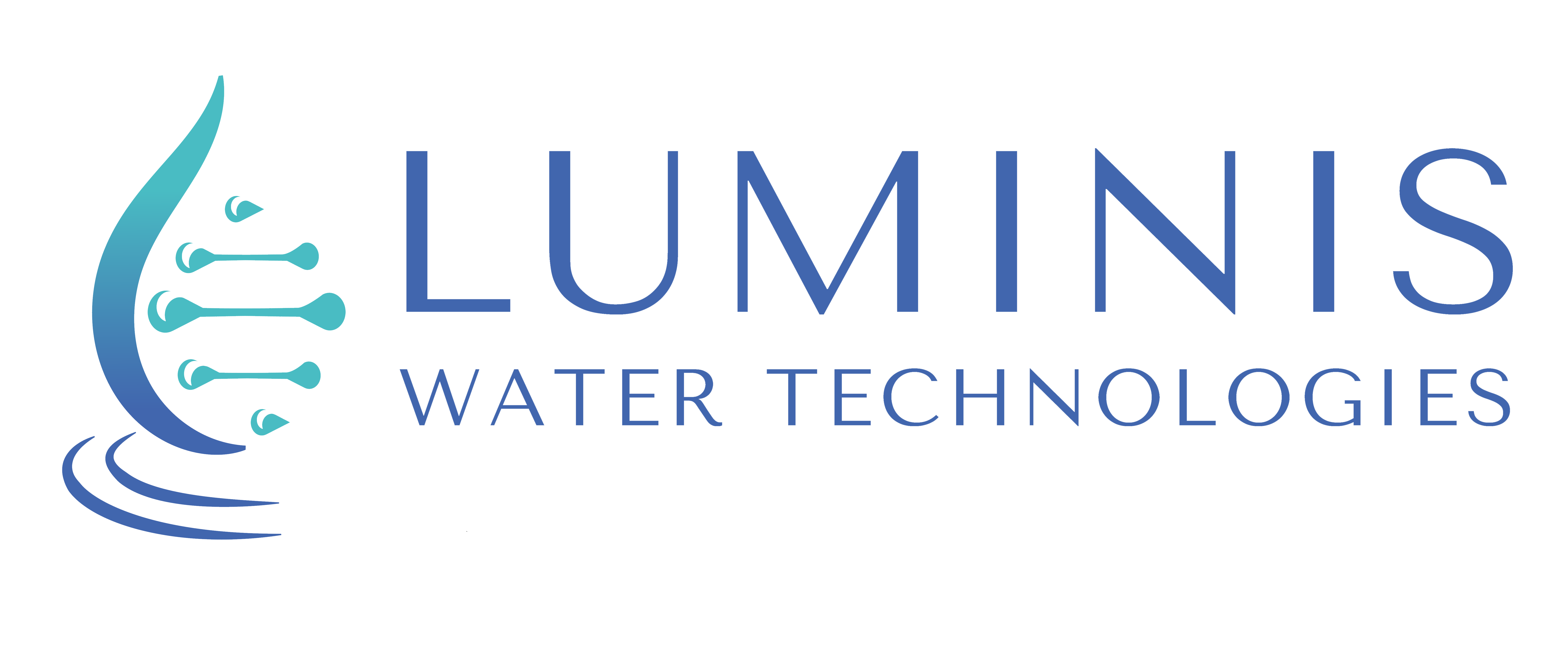introduction: Deep Dive Into Ice Ice Disease
Ice-ice disease, epiphyte infections, and epiphytic filamentous algae (EFA) all contribute to catastrophic seaweed crop loss, which means a loss of income for the growers, many of whom are subsistence farmers.
Following on from our case study with Sea Green, where we established health baselines across four different seaweed growing sites in South Sulawasi, Indonesia, this case study is a deep dive into the causative agents behind disease in seaweed itself.
The purpose of this two-part case study is to better understand the water conditions and the microbiome surrounding diseased seaweed in an effort to to provide more insights into the baseline of health and disease for the seaweed industry.
We took swabs from healthy seaweed and unhealthy seaweed and compared the microbiome in both samples. What do you think we found?
Read on. The answer might suprise you.
methodology: SwabGENius
Samples of seaweed were collected Bone, South Sulawesi, Indonesia.
We used our SwabGENius kit to swab the exterior pieces of seaweed: one that was healthy and the other which showed signs of disease.
The DNA was then extracted and sequenced using 16s ribosomal RNA amplicon sequencing on the Oxford Nanopore sequencing platform.



results: Vibriosis
Scientific literature has previously linked Vibrio harveyi to Ice Ice disease and our results coincided with these findings. However, we were surprised to find thirteen different species of Vibrio colonising this piece of diseased seaweed.
Vibrio is an interesting genus which is home to almost one hundred different species, some of which are considered pathogenic and others are not. In this sample of seaweed showing classic signs of Ice Ice, we found a number of Vibrio species known to be pathogenic, including V. vulificus, V. harveyi, and V. parahaemolyticus, the causitive agent of APHND in shrimp farming.

Water Quality Markers
Vibrio is an interesting genus, home to many different types of bacteria, some of whom we’ve labeled anti-heroes in our Dream Team article where we go into details about the many faces of the microbiome.
Pseudovibrio denitrificans is an interesting coloniser of this sample because it has been found to have potential ability to control Vibro spp in shrimp farming. In reference to our case study on the surrounding water in unhealthy farming sites, we found a correlation between a drop in Cyanobacteria and unhealthy conditions.
Ice-ice is caused when changes in salinity, ocean temperature and light intensity cause stress to seaweeds, making them produce a “moist organic substance” that attracts bacteria in the water and induces the characteristic bleaching of the seaweed’s tissues and resulting in a drop in the protein yield of the crop.
In the water surrounding the diseased seaweed, we found correlation of a drop in the abundance of Synechococcus, which are basically tiny plants and found in well-lit water. A drop in the numbers of Synechococcus indicate water quality issues which are not conductive to photosynthesis.

Preserved samples of seaweed
Left: healthy specimen stored in preservative. Right: diseased, showing signs of degradation. It’s interesting to note that both samples of seaweed were collected and stored the exact same way. However, the healthy seaweed stayed well preserved even after a month of sitting in preservation fluid. The diseased seaweed however, began to dissolve and degrade with biomass leaking into the surrounding fluid.
results: Lots of Indicators
The upside of this study is that we found a number of markers that can be tracked and give a good indication of both water quality and conditions that surround disease.
This was an interesting study because we could see both the state of the water and the stock, in this case: seaweed, and how problems originating from water health lead to disease seen on seaweed.
The risk factors added up: a drop in microbial biodiversity in the water, the rise of toxic cyanobacteria, and the influence of runoff in the water were all factors that contributed to a state of vibriosis on the seaweed itself.
What Comes Next?
The study paved the way for further applied research and a list of recommendations and next steps to explore.
Water Health Checks: Checks should be conducted more regularly to assess the relative health of water in farm sites.
Chloroform Tests: Nutrient runoff from nearby industry is driving adverse water conditions. Basic chloroform tests should be conducted at farm sites to identify damaging industrial influence on crop health and farm management. Sample locations for tests should be selected using remote sensing by monitoring water flow and siltation during periods of heavy rain.
Nutrient Samples: Regular nutrient samples for nitrate and phosphate should be embedded in MARI Oceans operations. Assessing nitrate and phosphate provides a basis for monitoring the health of water columns and feeds into precision farming and effective management.
Seeding Development: Using the detailed findings of probiotics at respective sample locations, we can potentially explore seeding techniques with value-add probiotics to strengthen genetic resilience. This must comply with regulations and careful consideration needs to go into the introduction of genetically modified seedstock at farm sites.
Time-Series Analysis: Findings from the microbiome analytics suggest a time-series analysis of cyanobacteria would provide a deeper understanding of imbalances and drivers of disease risk.
Best Practices Protocol: Ultimately, the objective should be to design a best practices protocol for both farm management and site suitability assessments.
We’d like to thank Sea Green for the opportunity to dive into seaweed dynamics and to the Indonesian government who graciously allowed the samples to pass through customs.
